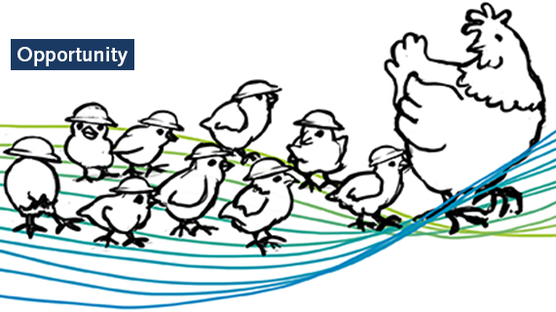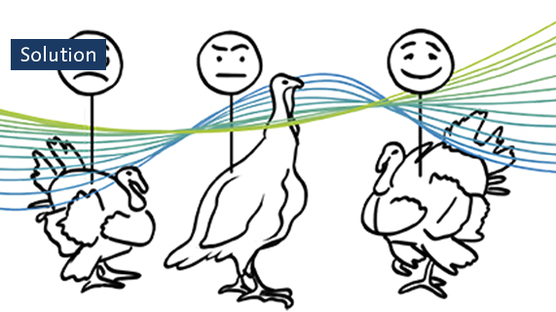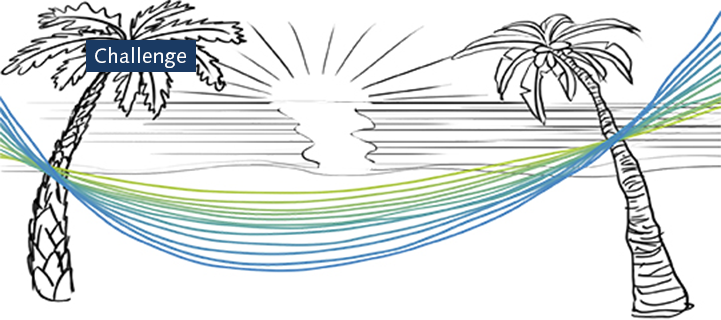
Published on May 1, 2021
Examining the impact of animal stress
Reducing stress for animals in production not only helps provide a better quality of life but also reduces the impact stress causes for producers, the environment and the industry.
There are many reasons one can feel stressed. With this, stress can impact many aspects of our physical and emotional state. For animals this is no different. Stress can easily present itself in a variety of ways, at any time.
Understanding behavior helps provide a glimpse into what factors may be contributing towards an animal’s stress levels. As stress plays a significant role in many aspects involving livelihood and productivity, Hendrix Genetics takes a stance on reducing animal stress for all animals in production by better breeding today, for a brighter life tomorrow.
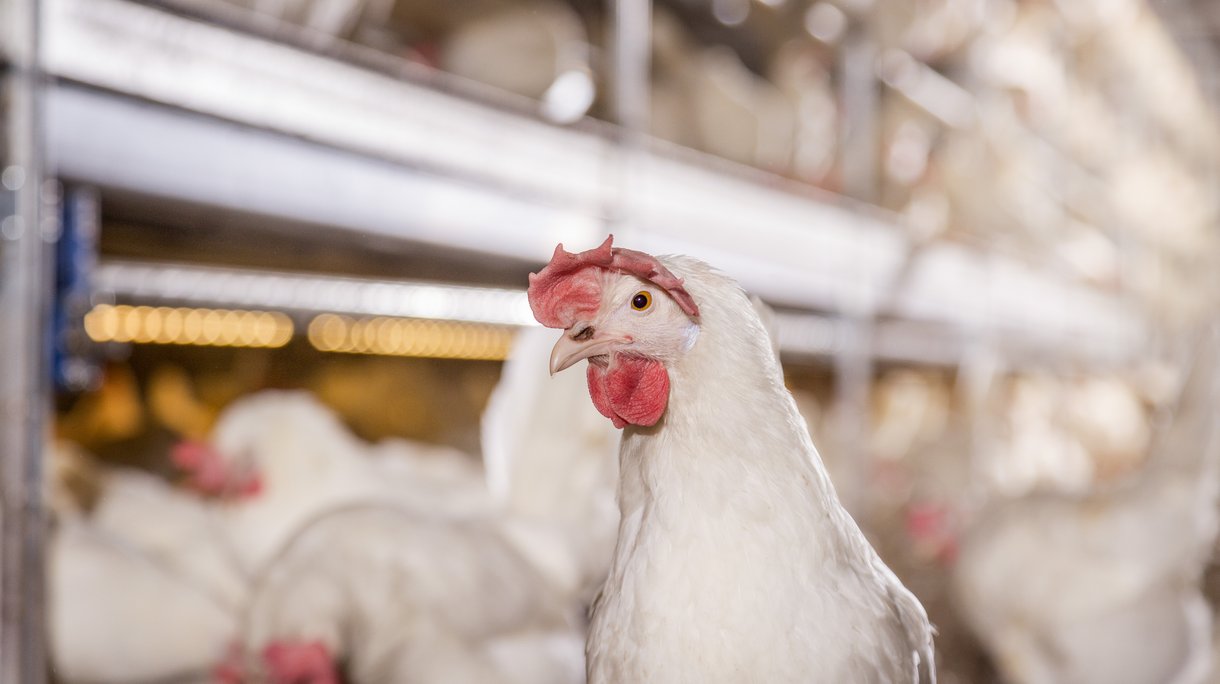
What causes animal stress?
Animal stress occurs when livestock is required to make extreme or prolonged adjustments in order to adapt to their current environment or surroundings. Animal stress can be classified in three ways:
- Physical – due to fatigue or injury
- Physiological – due to hunger, thirst or temperature control
- Behavioral – due to environment, unfamiliar people/animals or surroundings
The factors or triggers that cause stress are referred to as stressors and can vary anywhere from things like an unfamiliar noise or an overcrowded housing environment. It is important to understand the root cause of the stress in order to help alleviate the impact this causes for the animal.
Physical and physiological stress can be easily managed by providing animals with proper nutrition and medical treatment when needed but behavioral stress requires a more in depth look to determine what stressors may be affecting them. Although many animals might be able to tolerate a single stressor for a short period of time with no impact, multiple stressors over prolonged periods of time may lead to distress and suffering.
For behavioral stress, it is important to look at the factors that can contribute to the root cause and adjust as needed to improve the livelihood of the animals. The following are common factors that are known to effect animals in production:
- Climate – irregular temperatures, excessive heat or cool drafts
- Overcrowding – provided with too small of a space for the amount of animals placed
- Unfamiliar surroundings – new location or setting that is different from their previous environment
- Unfamiliar noise – new sound, volume of sound or duration of sound
- Unfamiliar staff – change of employees or handling
- Unfamiliar procedures – vaccinations, feeding or travel etc.
What does animal stress cost us?
In terms of animal stress, it not only causes suffering for animals, but it can also cause various other ‘costs’ towards production and the industry in general. When looking at the entire impact that stress causes, we can see multiple effects it has for producers, animals and the industry.
Economic: Stressed animals often have poor performance resulting in slower development and increased mortality rates. They are more work to produce, with higher labor costs and offer less return for producers upon processing.
Environmental: With increased mortality rates, this loss causes more waste. Environmental impact is heightened by wasted feed and other resources used to raise these animals. This leads to increased greenhouse gases and depletion of valuable resources.
Emotional: Having unhappy, stressed animals makes their caregivers unhappy and stressed. The impact of having animals in distress directly impacts the emotions of farm staff. Stressed animals create more work, involving more time and labor.
Evolution: Due to the impact stress can cause on animal development, this often will directly relate to the evolution for future generations. This impact will decrease the effectiveness of progression for future generations.
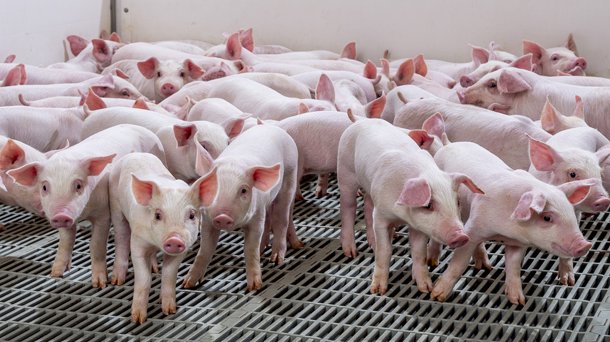
The abundance of animal treatments
Hendrix Genetics focuses on better breeding today, for a brighter life tomorrow and in doing so, aims to reduce the impact stress has on all animals in our care. Many animal treatments are available across the globe, each providing different benefits. Although these treatments provide benefit to the animals, producers and the industry, they do not come without careful consideration.
Treatments that involve handling also involve stress. Especially for aquaculture when treatment is required out-of-water. Snood clipping and break trimming for poultry and tail docking for swine are other treatment examples that cause stress. While these treatments all aim to benefit the animal in some way, it’s important to start at the source rather than find a solution for the issue at hand. Making a lasting impact to reduce animal stress begins with high-quality animal genetics. Breeding animals that are sociable with good temperaments is crucial. These animals need to be able to live together peacefully in close quarters during production. Raising docile, healthy animals eliminates the need for the treatments mentioned above.
In addition, our breeding programs have taken steps towards setting the standard in limiting or reducing stress on the animals we breed. Our sustainability program was created to contribute to a sustainable future, ensuring the wellbeing of present and future generations. Using our material stakes, Hendrix Genetics prioritizes focus on initiatives like animal welfare, expertise and continuous improvement of our breeding programs to ensure advancement for the future of animal breeding.
To us, reducing stress and improving animal welfare is a core area of focus and we believe that breeding healthy, happy animals requires more than just the basics of food, water and shelter. Hendrix Genetics actively looks for ways we can improve the overall health and well-being of all animals not only under our care but within the entire industry.
You've read a challenge article. Interested in the solution or opportunity?
Do you want to explore all articles?

